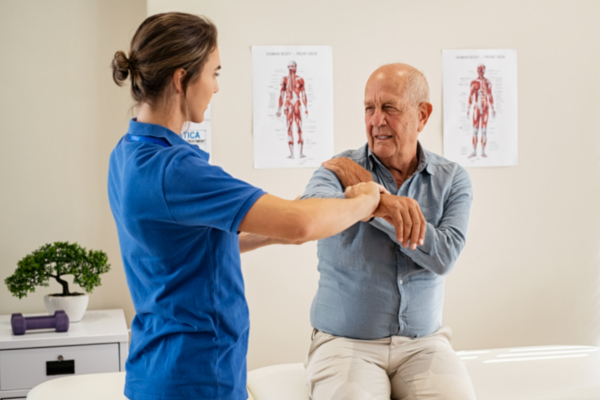Investigating the Varied Techniques of Physical Rehabilitation for Enhanced Healing and Rehabilitation
Investigating the Varied Techniques of Physical Rehabilitation for Enhanced Healing and Rehabilitation
Blog Article
Physiological therapy is an important discipline that assists individuals recover from injuries, surgeries, and multiple medical issues. It entails a range of techniques designed to enhance mobility, reduce pain, and enhance general bodily function. Physical practitioners are trained experts who evaluate each client’s needs and develop customized care plans. These plans often consist of exercises, hands-on treatment, and instruction about body mechanics. By using these varied techniques, physical can substantially improve a person’s quality of living.
One frequent technique used in physical is rehabilitative activity. This involves targeted actions and activities that help strengthen muscle strength, enhance flexibility, and increase stamina. For example, a patient rehabilitating from knee surgery may perform workouts that concentrate on rebuilding power in the leg muscles. These activities are carefully chosen based on the individual’s status and goals. By gradually boosting the difficulty and complexity of the activities, physiotherapy practitioners can assist clients regain their power and movement over a period.
Another crucial technique is manual treatment, which includes hands-on approaches to adjust the human body soft muscles and joints. This can entail flexibility exercises, joint movement, and massage. Hands-on therapy seeks to relieve discomfort, reduce swelling, and enhance blood flow. For instance, a therapist may apply gentle force to relieve tension in stiff muscles or to help a articulation move more smoothly. This technique is often integrated with other treatments to improve recovery and encourage healing. Clients often find hands-on therapy to be a soothing and effective way to manage their pain.
In addition to workouts and manual treatment, education plays a vital part in physical. Practitioners instruct patients about their issues and how to handle them effectively. This may entail guidance on proper alignment, body movements, and strategies to prevent subsequent injuries. For instance, a practitioner might show a client how to lift weighty objects properly to avoid straining their spine. By empowering clients with knowledge, physical therapists assist them take an see this website engaged role in their rehabilitation and encourage sustained health and well-being.
Ultimately, technology is progressively being integrated into physiotherapy practices. Tools such as sonography, electrical impulses, and virtual environments can enhance traditional treatment approaches. These technologies can assist reduce pain, encourage healing, and provide engaging ways for patients to engage in their rehabilitation. For instance, virtual environments can generate immersive environments for clients to practice actions in a controlled and protected environment. As technology continues to develop, it offers exciting opportunities for improving recovery results in physical.
In summary, physiotherapy encompasses a range of methods that work together to assist rehabilitation and rehabilitation. Through rehabilitative activities, manual therapy, patient instruction, and the application of technology, physiotherapy practitioners provide holistic treatment tailored to each individual’s requirements. This comprehensive approach not only assists patients regain their bodily abilities but also enables them to sustain their health in the long future. As an increasing number of people recognize the advantages of physiotherapy, it remains to play a vital part in the pathway toward improved health and well-being.